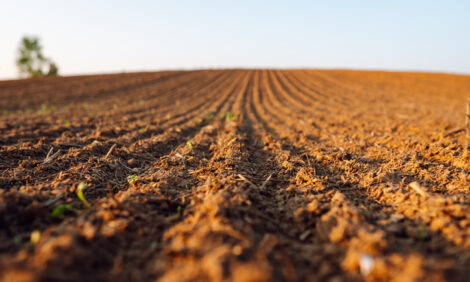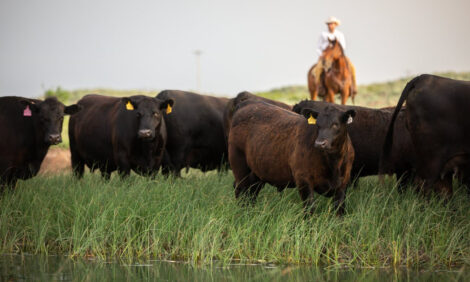



Fertility Looking to Improve 60 Per Cent Thanks to Phosphorous
Heifer productivity and phosphorous are being explored by Western Australia farmers, Murray and Aticia Grey.The Grey holding comprises 2,500 Brahman breeder feeders in the north of the territory over 197,000 hectares, says Meat and Livestock Australia.
"We‘re quite interested in the benefits of feeding phosphorus, knowing that we have a low phosphorus level in a lot of our plants. We’re looking to really make some gains in our fertility of our cattle. So the generic fertility is one thing that really has to be partnered with good nutrition," Murray said.
"Our maiden heifer calving percentage has sort of been around 60-63 per cent , we’d be looking to get an improvement on that up to and around 80 per cent through this phosphorus trial."
As part of the PDS trial, the Greys are comparing phosphorus supplementation through a loose lick with some cattle on a urea lick and others on no supplements.
"For this trial we need to be getting the cattle in regularly to be able to check their phosphorus levels and the effects it’s having on it," Aticia said.
"We’ve been taking blood samples to check the phosphorus levels and faeces samples. We’ve been preg testing them as well to check how the phosphorus levels affect their pregnancy status and their re-conception status as well."
Murray said that it was too early to tell the impact of supplementation.
"At this stage visually we’re not seeing a great difference in performance of the two mobs but once we get the performance data, pregnancy status and some of the phosphorous bloods and faecal samples back then hopefully we’ll see some performance gains there," Murray said.
Despite this, Murray underlined the general principle of the importance of phosphorus supplementation to maintaining herd health.
"Phosphorus is a pretty critical element in the diet of cattle. It affects a whole range of things including growth and fertility, reproduction," he said.
"One of the biggest problems we have with phosphorus is that cattle actively seek out phosphorus if they are deficient in it. One of the most readily available sources of it, if they haven’t got a supplement available, is actually bones from carcasses.
"Unfortunately they can contain botulism, which is a fatal bacterial toxin if they contract it and for a while before we started vaccinating for it as we did see a rather large number of losses."


